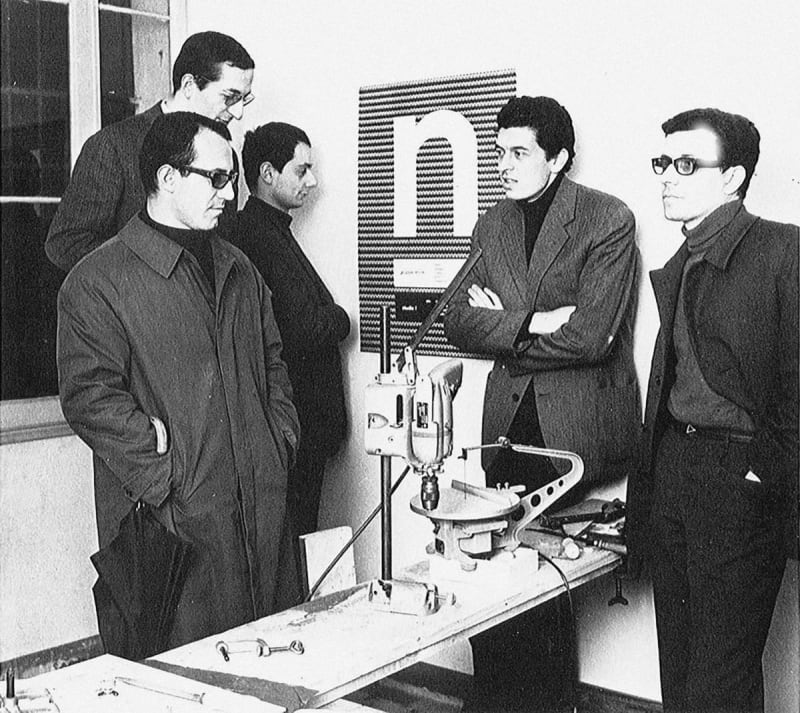Biography
Born in 1937 in San Felice sul Panaro, in the province of Modena, Landi graduated in Architecture in Venice, where he attended an Industrial Design Course from 1962 to 1964. In 1959, he founded Gruppo Enne (or Gruppo N) in Padua with Biasi, Chiggio, Costa and Massironi.
At an international level, he was one of the promoters of the New Tendencies international movement in 1961. In 1961, 1963 and 1969 he took part in the New Tendencies exhibitions I, II, IV in Zagreb. From 1962 to 1964, he participated in the travelling exhibition Arte Programmata (Programmed art) at the Olivetti stores in Milan, Venice, Rome, London and Paris, proving to be one of the most interesting exponents of Italian "cinematographic and programmed art". In 1963, he took part in the 4th Biennale International Art Exhibition in San Marino with Gruppo Enne, where the group received the first prize. In the same year, the first Gruppo Enne exhibition was held at Studio F in Ulm.
Landi’s work focuses mainly on the phenomenal perception of reality in its simplest structures, which are essentially geometric: through the use of elementary geometric shapes, it tends to cause perceptual stimulation in the viewer. He is particularly interested in the relationship between light and colour, and in the close connection between painting, sculpture and architecture, which also motivates his commitment in the field of graphic design and industrial design.
In 1960, Landi began to create his "visual structures" painted in acrylic, or made of woven and carved cardboard, or with elastic threads on wooden frames, and then progressively experimented with various materials such as polyethylene, plexiglass and metal meshes, which allowed him to reproduce, as Umberto Apollonio wrote, "light or chromatic refraction events in which instability is not randomly caused by external agents, but is produced by rigorous programming". He continued his research in this direction in the field of perception, by examining the mechanism of the perception of colour, virtual motion and multidimensional space more in depth through the analysis of impossible imagery or with multiple perspectives, until the recent "virtual cubes" and "hypercubes".
Works
Exhibitions




